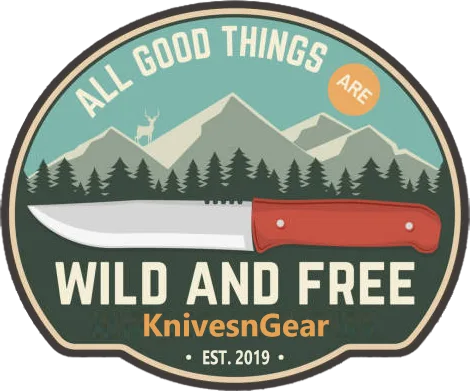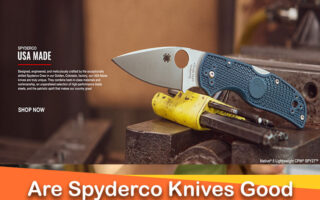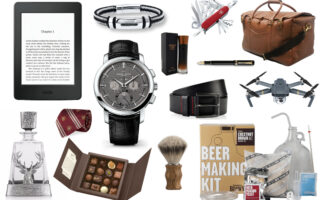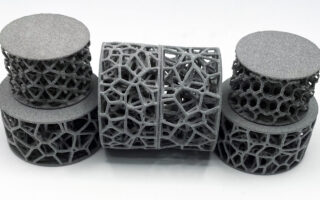So What Exactly is An EDC Knife?
EDC stands for Everyday Carry. It typically refers to gear that you carry consistently for everyday situations, such as a wallet, keys, pens, watch, and glasses. Items that are in your valet tray could also be considered EDC.
Sharp tools have been utilized since the beginning of time by man in early civilizations for survival and practicality and are still much appreciated today.
Instead of needing it for daily hunting of game and building your shelter, you’ll more than likely be using it as an outdoorsman and using your knife in the field or maybe a set of quality butcher knives in your kitchen.
There is a quiet fascination with the practicality and protection that knives offer. Hailed as the weapon of choice in many action movies, EDC knives have a wide range of functions from being collector’s items to performing everyday tasks such as opening boxes and letters, to pure survival functions.
Whatever your reason for owning a knife, you are sure to walk away with a greater appreciation of your tool, after reading this.
Why Carry A Knife At All Times?
A good EDC knife can be the difference between life and death. There are many different types of knives out there, but an EDC knife is something that you will always have on your person and pack with your other everyday carry items. An EDC gear has these desirable characteristics:
- Lightweight
- Compact
- Durable
- Multi-functional (ideally)
Our site contains a list of what types of knives are best for an EDC kit. For example, fixed blade knives are inexpensive to manufacture, but they can also be difficult to carry at times. A folder offers great concealability which is important for most people’s needs. It also provides flexibility in terms of weight as well as size.
There are many reasons to carry an EDC knife, topping the lists are outdoor survival and self-defense. Every day, countless people are thrust into unpredictable, unexpected survival situations.
Survival in these situations greatly depends on experience, knowledge, and resources on hand. One of your best tools in a survival situation is a sharp, sturdy knife.
An EDC Knife As A Survival Tool
If you ever find yourself in an outdoor emergency situation while camping, hiking, skiing, boating, fishing, or even the dreaded car, bus, or airplane accident, a knife can be your best friend.
A knife can be used for basic survival skills such as to free yourself from an entanglement, hunt for food and water, start a fire, perform first aid, build a shelter, and for self-defense.
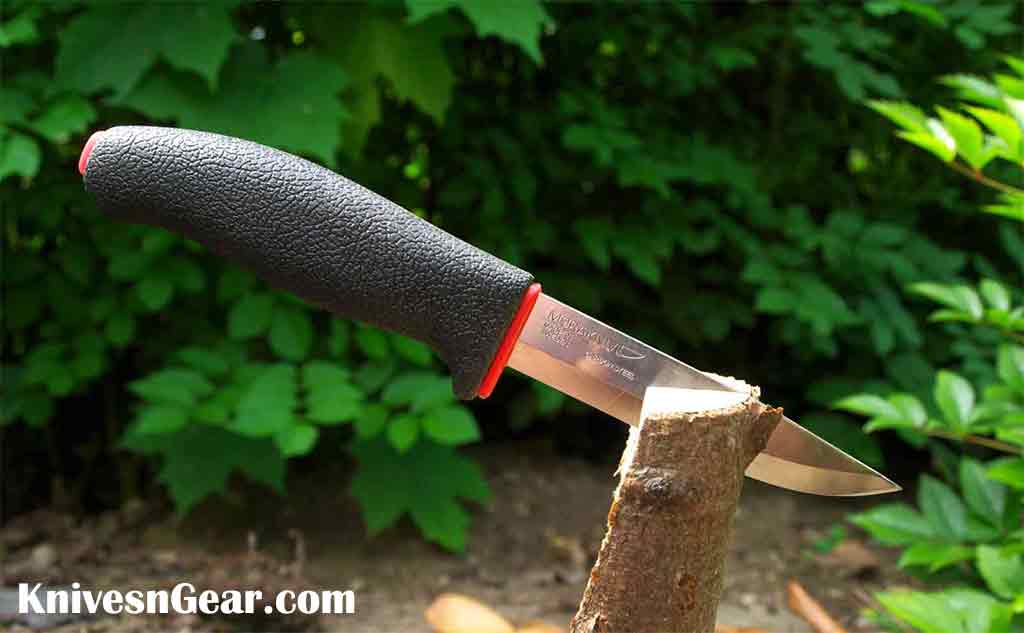
Freeing Entanglements
In an outdoor emergency situation, a knife can be used to free yourself from entanglements such as a jammed seat belt or tangled trees, vines, or bushes.
An everyday carry knife can come in handy on fishing and boating trips for cutting underwater entanglements, tangled fishing lines, and hooks. A knife can also be used in a hostage situation to cut the rope and free hostages.
Food
A handy pocket knife can be used in an outdoor emergency for hunting, fishing, cracking open acorns and other nuts and seeds, and cutting berries and fruit. A knife can also be used to carve eating utensils and dishes.
Water
A knife can be used to dig for water holes in the mud or snow, and to cut open cactus, trees, and other plants for water.
Fire
A knife can be used to shave and kindle wood trimmings from nearby trees to build a fire for food, warmth, and a rescue signal.
Rescue
A knife’s shiny edge can be used as a reflector in the sun to signal to rescue vehicles. It can also be used to mark messages on trees, mud, and open fields for rescue teams to see. You can also use a knife to mark trees and paths in the woods, to keep you from getting lost.
First Aid
A sharp knife can be used for cutting bandages, clothes for tourniquets, and remove splinters, ticks, and leeches. A knife can also be used to seer and seal open wounds and gashes, cut open wounds to release toxins and poisons, and perform emergency amputations. A knife can even be used to help a mother in labor give birth.
Shelter
A handy knife can be used to dig burrows out of mud hills and snow piles for sleeping shelters. It can also be used as a hammer and a screwdriver to assemble other forms of shelters.
Protection and Self-Defense
A knife can be your protection in the wilderness against an angry bear, a wild boar, a charging rattlesnake, wolves, and maybe even a family of cannibals!
What To Look For In An EDC Survival Knife
The most important thing to look for in an Everyday Carry Knife is portability. A quality EDC knife should not take up a lot of space and be lightweight. The knife should also be able to easily slip out of your pocket or bag when needed.
An example of EDC gear that isn’t a knife would be an EDC Tactical Pen which has similar features and functionality. It’s important to have a quality EDC knife that is easy and quick to pull out when needed.
The following describes the best features to look for in an edc knife. First off, you want a quality edc folding knife that is comfortable in your hand and easy to handle.
You also want something that is lightweight but still durable enough so that it can withstand every day use throughout your adventures. The best edc knives are made of quality stainless steel, which is tough and rust-resistant. Finally edc knives should have a dependable locking mechanism to prevent it from accidentally closing while in use.
According to most EDC knife experts including myself, there are 6 criteria you should look for when purchasing an EDC knife.
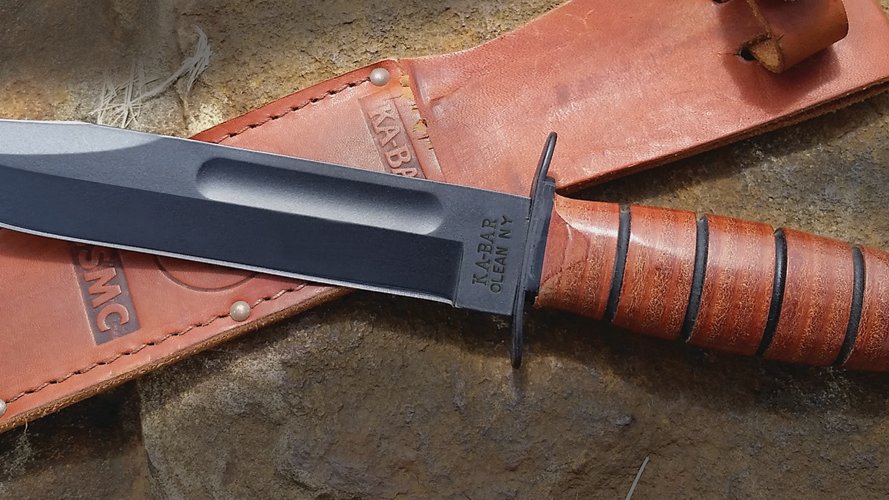
KA-BAR Full Size US Marine Corps Fighting Knife One of the Best EDC knife example
1. Size
A good survival knife should average between 9-11 inches in length like the KA-BAR Full Size Marine Corps Fixed Blade pictured above, to be capable of performing a variety of tasks from hunting small game to splitting sturdy pieces of wood.
2. Fixed Blade
Fixed BladeA fixed blade on a survival knife is a must. This ensures both sturdiness and durability when performing rugged survival tasks such as chopping, pounding, batoning, and rigorous cutting.
3. Full Tang
A “full tang” knife, or a knife blade made from one continuous piece of metal, avoids loosening in the handle. If in the event the “full tang” blade does become detached from its handle, it can be securely wrapped with cordage and still allow your knife to be fully functional.
4. Single-Edged Blade with Flat Ground Spine
Your survival knife should be a single blade with a flat ground spine, which will make it dual function as a knife and a striking tool. The flat edge can be used for striking a fire starter rod and for grounding stakes in the ground, and more.
5. Solid Pommel
A solid butt or “pommel” on your knife, will allow you to use the butt of your knife for pounding and hammering, and for chipping ice for ice fishing.
6. Sharp Pointed Tip
A knife with a sharp-pointed tip ensures the ability to thrust or stab your target, especially through thick barriers such as animal fur and clothing. It’s also great for spear hunting, as well as, prying, drilling, picking, cleaning game and fish, removing splinters, and more.
Are EDC Knives Legal?
An edc pocket knife is a folding blade knife that citizens are allowed to carry. A fixed blade, such as a dagger or dirk, must be open-carry in a sheath at the waist. Any knives with blades longer than 2 inches are not permissible in any location open to public.
Knives are illegal to carry in schools, courts, and government buildings. However, knives are allowed on military bases for member of military. Knives cannot be brought onto airplanes or into any airport because it is illegal to take a knife onto an airplane for safety reasons.
Conclusion:
Besides these 6 survival knife essentials, everything else about your knife boils down to your own personal taste. For instance, the color or finish of your knife, rather or not you’d like finger guards, the blade style, rather you’d like serrated or nonserrated, and the knife’s design, to name a few.
To gain knowledge, experience, and familiarity with your knife, you should carry it with you and practice using it on a regular basis. Don’t wait until an emergency situation to become situated with your knife, because then it may be too late.
There are many options for concealing your EDC knives, such as pocket holsters, self waving deployment, lanyards and fobs attachments, and pocket clips, which all allow you to carry your EDC knife in the most practical, but discreet manner possible.

Hi, my name is Taras Kulakov and I’m a knife enthusiast. I have been collecting knives for over 30 years and I’ve owned literally thousands of different models over that time. My goal with this site is to share some of what I’ve learned about knives. You can find more info about Taras Kulakov here.
